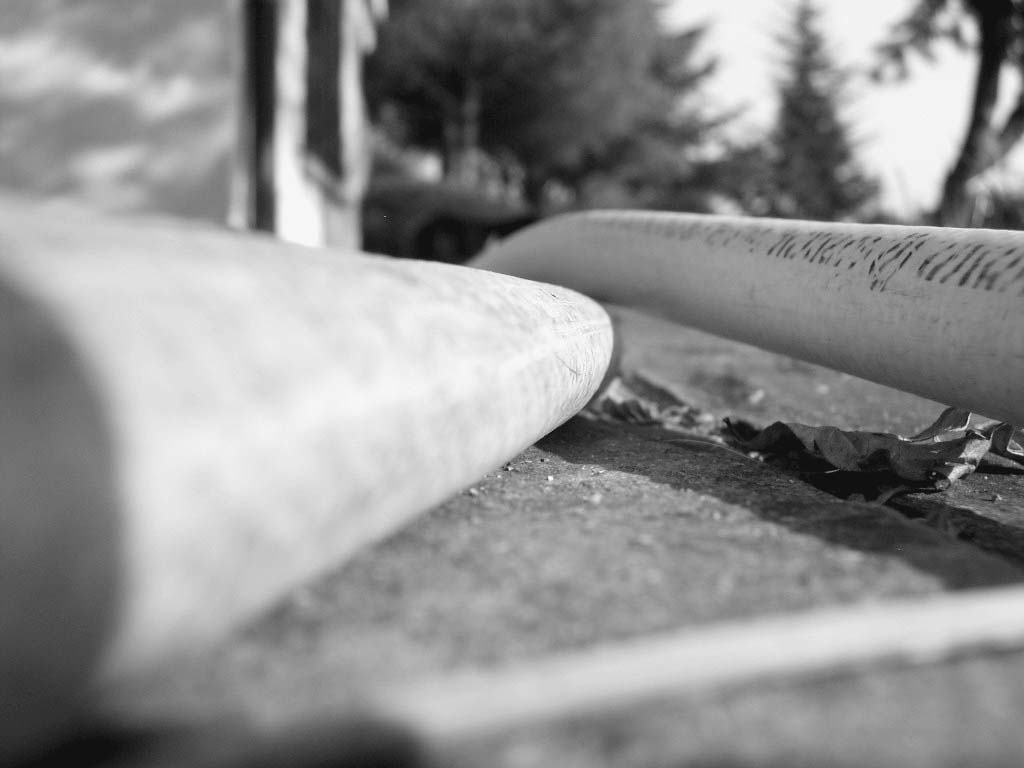Some leaks are easy to spot in your
plumbing system. When your faucet is leaking, or a pipe has fractured, chances are you will be able to see it almost immediately. Unfortunately, there are other types of leaks that can affect your home plumbing and you may not even realize that you are wasting water and money. Invisible leaks can be particularly problematic as it can often be left unrepaired, which can spread or rupture, compromising your plumbing system. So, do you have an invisible plumbing leak in your home?
Invisible Leak Basics:
Most of the plumbing in your home is not easily accessed and is hidden from view. All the pipes that run from appliances, sinks, toilets, and fixtures run into the main drain, and this drain runs under your home out to the public sewer or a septic tank. Depending on the layout of your home, your pipes may run through floors, ceilings, walls or your yard. This means that if these pipes spring a leak, it is invisible to the untrained eye until physical signs become apparent.
An invisible leak can develop anywhere your piping is worn. Acidic water, wear and tear, poor construction and sediment buildup can eventually lead to a leak. As the walls inside your pipes are worn down, the rush of water can find an easier path out of the pipe. As more water flows, the pipe widens worsening the leak.
Drain lines, hydrants, valves, filters, and joints can all be affected by an invisible leak. Where two pipes or more pipes meet, the joint is particularly vulnerable due to the centrifugal forces involved in moving the water from each pipe.
Detecting an Invisible Leak:
The best way to determine if you have an invisible leak is to monitor your water use. You will need to ensure that nothing in your home is using water for at least twenty minutes and check your water meter. Most water meters have a dial that shows when there is water flowing. If the dial is moving, there is a good chance that you have a leak somewhere in your plumbing system. You can double check this by taking a note of your meter reading and continue to not use water for an hour. Return to check the number, and if it has increased, there is a leak.
Finding the actual leak can be more of a challenge. You can check the most common leak culprits such as faucets, showerheads, toilets, and sinks for a minor leak. Look out for indications of water such as staining, water damage, damp patches or mold. A leaking toilet is the most common and easiest to overlook form of leak, but if you cannot see any signs, you may need the assistance of a
professional plumber. An experienced professional has the skills, expertise, and knowledge to detect the location of your leak, even if it is hidden behind a wall or other hard to access area of your home. This will ensure that your leak is found and corrected as soon as possible to prevent any further damage to your home.
By Giovanni Longo President Flood Brothers Plumbing
Giovanni Longo is a 3rd generation master plumber who has been practicing his craft and trade in the greater Los Angeles area for well over a decade and a half. A plumbing and hydraulics-engineering innovator, Giovanni’s particular world-class expertise focuses on dealing with challenging sewer system designs as well as resolving complex commercial and residential draining issues. As a certified Flood Mitigation expert, he is also well versed in a wide variety of water damage and remediation solutions.





